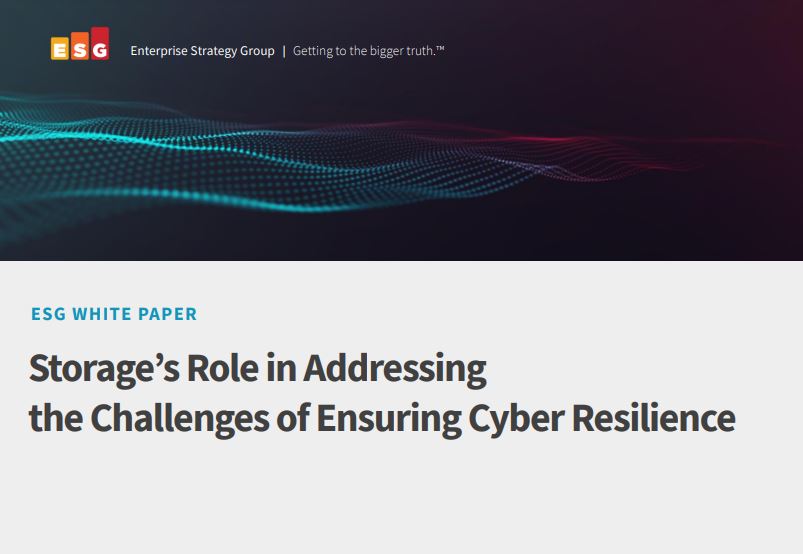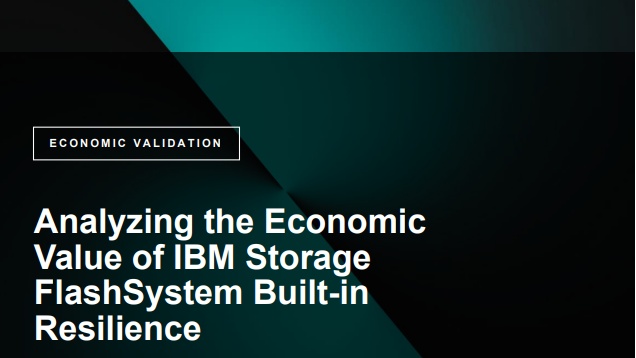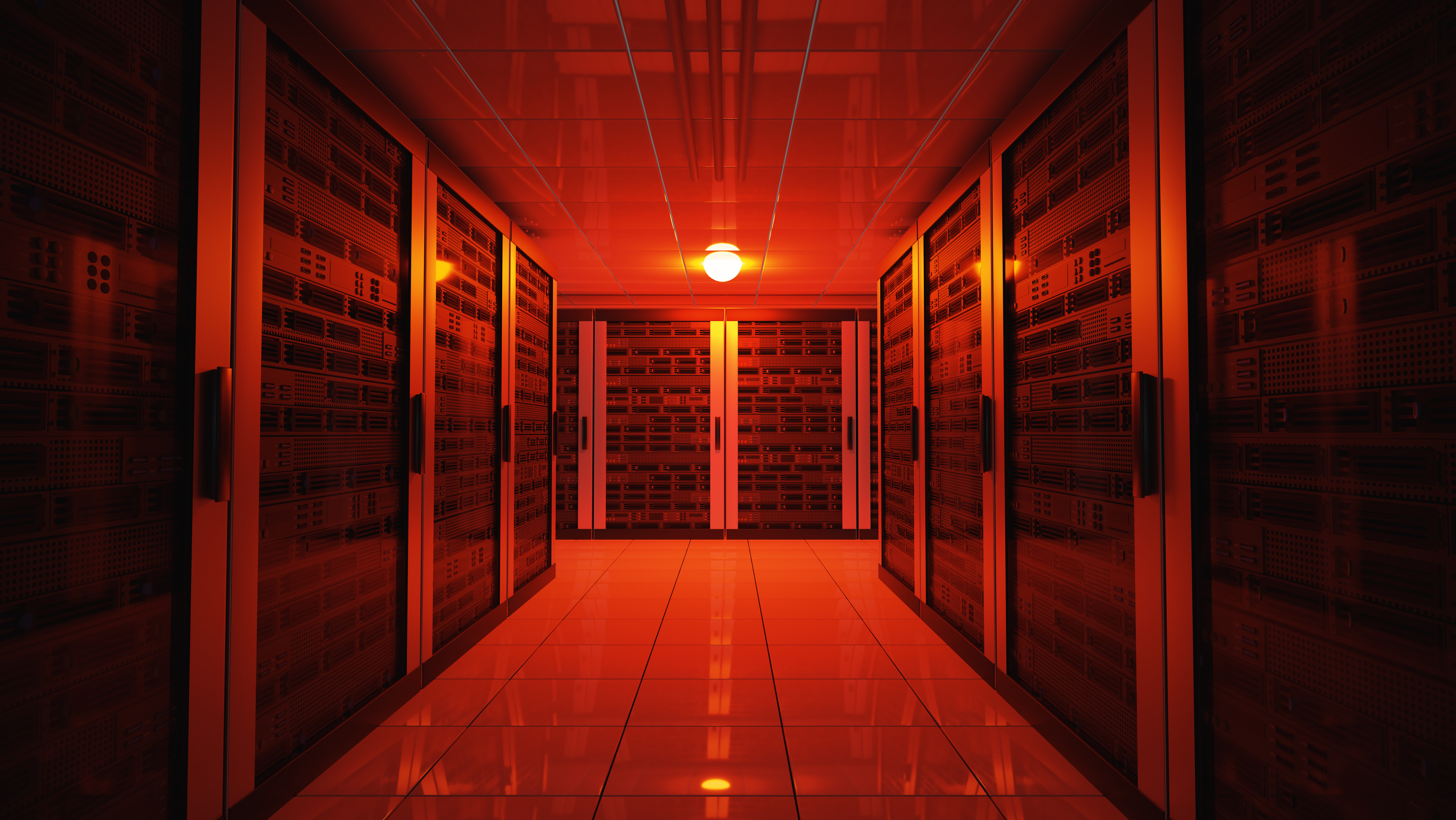Pure Storage: Generative AI has a friend in flash
Pure Storage appears bullish on the storage industry’s ability to support AI innovators


Pure Storage’s CEO Charlie Giancarlo has branded disk storage ‘antiquated’ and something that cannot cope with the demands placed on it by an increasingly data-driven, AI-focused business landscape.
In a keynote speech at the Pure Accelerate 2023 conference, Giancarlo said that the rapid acceleration of flash storage capabilities in recent years has rendered disk obsolete and that Pure expects it to be consigned to the scrap heap within the decade.
Giancarlo’s prediction comes at a critical time for both Pure and the broader storage industry itself.
Amid the generative AI ‘boom’, organizations experimenting with and developing these powerful systems require agile, flexible, and high-performance storage capabilities - and Giancarlo believes flash is the answer.
RELATED RESOURCE

Storage's role in addressing the challenges of ensuring cyber resilience
Understanding the role of data storage in cyber resiliency
The storage capabilities of flash showcased by Pure Storage at the conference highlighted the raw power now available to organizations seeking to innovate in the AI space.
Pure Storage is no stranger to AI excitement, Giancarlo told attendees. Indeed, the company has been underpinning AI development at a range of companies globally for several years now, and was one of the early bullish industry players targeting this space.
“We have well over 100 AI customers now,” he said. “Including Meta, which has built the largest AI supercomputer in the world with FlashBlade and FlashArray.”
Get the ITPro daily newsletter
Sign up today and you will receive a free copy of our Future Focus 2025 report - the leading guidance on AI, cybersecurity and other IT challenges as per 700+ senior executives
The flash storage potential for supporting AI development received a significant boost following the deal between Pure Storage and Meta in January last year.
At the time, Meta said that Pure’s FlashArray and FlashBlade storage options would offer the intense performance capabilities required to analyze a significant volume of both unstructured and structured data.
Giancarlo’s comments were echoed by Patrick Smith, field CTO for EMEA at Pure Storage.
Speaking to ITPro, he said that the recent acceleration in the generative AI space represents a prime opportunity for both the organization, but also the broader flash storage industry.
“We’ve actually been underpinning AI workloads, machine learning workloads for a long time now,” he told ITPro. “We built FlashBlade, for example, specifically to do that job.”
Smith recalled that, in years past while working on the customer side in a previous role, discussions around the potential for flash to be effectively harnessed for unstructured data was disregarded by many in the industry.
“It’s quite remarkable. If I think back to 2015 talking about flash for unstructured data and AI development, vendors were saying ‘no, it’ll never go to flash’,” he said.
Fast forward to 2023 and the situation has changed entirely and organizations are ditching disks and are flocking to flash storage.
RELATED RESOURCE

The Total Economic Impact™ Of IBM FlashSystem
Discover what kind of impact FlashSystem may have on your business
For Pure, this early adopter stance and mindset has placed it in a unique position to capitalize on the generative AI race and play a key role in supporting organizations across a range of industries
“In 2018, Pure came out with FlashBlade as a platform deliberately targeting AI and analytics on flash. We’ve built on that, and being so early to the market means that we’ve got a lot of customers delivering AI solutions into their industries.”
“Whether it’s in healthcare, genomics, autonomous driving, we’re very well established in the space.”
Parallelism and agility
Smith noted that flash storage, specifically the company’s own FlashBlade range, is built explicitly for large-scale datasets at petabyte scale.
This capacity and performance capability means that organizations innovating in AI can overcome traditional hurdles and bottlenecks with regard to the flow of data.
“[Flash] is built for massive parallelism, because, as we’ve seen from Nvidia’s share price, everyone is using Nvidia GPUs in this environment,” he said. “These GPUs have thousands of cores, all of which want to get to storage at the same time. So that’s why you need parallelism on the storage platform.”
“You also need massive throughput because one of the things that everyone is realizing is that it’s very expensive to build these platforms, so you want to keep the GPUs as busy as you can keep them at all times, and that means not waiting for storage at the back end.”
Slow storage means inefficient GPUs, Smith added, and inefficient GPUs represent a major inhibitor for building large language models (LLMs).

Ross Kelly is ITPro's News & Analysis Editor, responsible for leading the brand's news output and in-depth reporting on the latest stories from across the business technology landscape. Ross was previously a Staff Writer, during which time he developed a keen interest in cyber security, business leadership, and emerging technologies.
He graduated from Edinburgh Napier University in 2016 with a BA (Hons) in Journalism, and joined ITPro in 2022 after four years working in technology conference research.
For news pitches, you can contact Ross at ross.kelly@futurenet.com, or on Twitter and LinkedIn.
-
 Bigger salaries, more burnout: Is the CISO role in crisis?
Bigger salaries, more burnout: Is the CISO role in crisis?In-depth CISOs are more stressed than ever before – but why is this and what can be done?
By Kate O'Flaherty Published
-
 Cheap cyber crime kits can be bought on the dark web for less than $25
Cheap cyber crime kits can be bought on the dark web for less than $25News Research from NordVPN shows phishing kits are now widely available on the dark web and via messaging apps like Telegram, and are often selling for less than $25.
By Emma Woollacott Published
-
 Analyzing the economic value of IBM storage FlashSystem built-in resilience
Analyzing the economic value of IBM storage FlashSystem built-in resilienceWhitepaper Improve cyber resilience, optimize price/performance mix, and increase sustainability
By ITPro Last updated
-
 Organizations are unprepared for massive AI energy demands
Organizations are unprepared for massive AI energy demandsNews IT professionals are not confident their organization can meet the lofty AI energy demands
By Solomon Klappholz Published